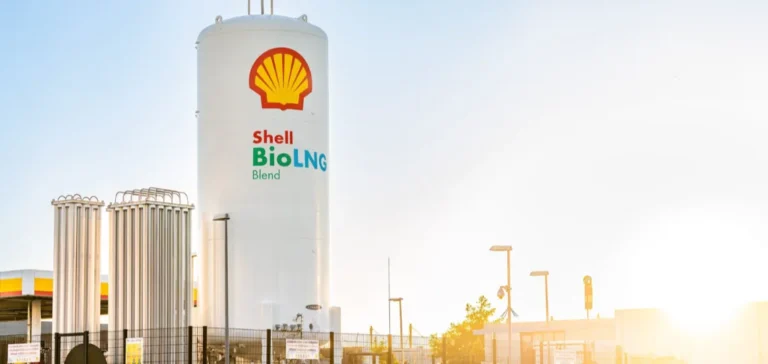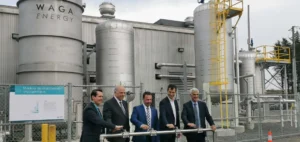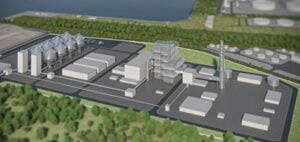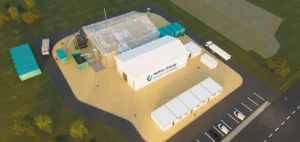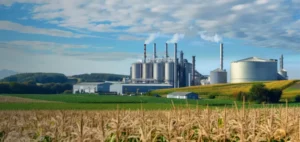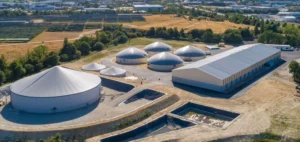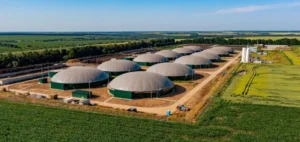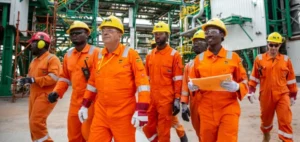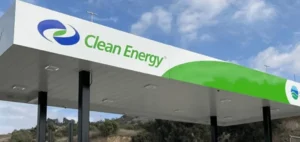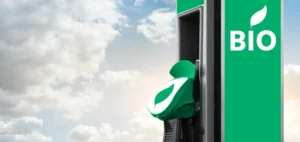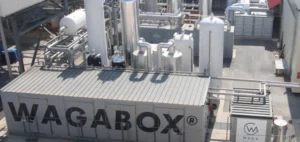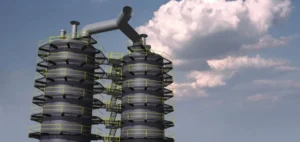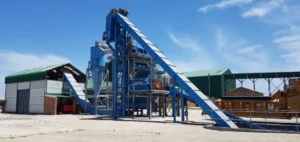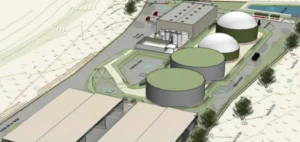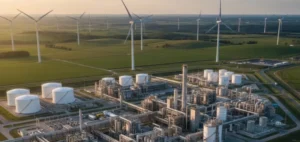The European market for subsidised bio-liquefied natural gas (bio-LNG) is experiencing sustained growth, driven by a steadily narrowing price gap with its unsubsidised counterpart. This trend, observed since the beginning of the year, is attributed to rising demand and regulatory developments impacting low-carbon marine fuels.
The spread between the two types of bio-LNG has dropped from nearly EUR50/MWh ($17.28/MMBtu) at the start of the year to a current range between EUR36 and EUR42/MWh ($12.32 to $14.51/MMBtu), according to market participants. Some report occasional spreads as low as EUR20/MWh and expect the differential to stabilise around EUR30/MWh ($10.37/MMBtu) by 2027.
Upward pressure on subsidised bio-LNG
Subsidised bio-LNG benefits from direct financial support granted to biogas producers, historically making it more affordable. However, increasing compliance requirements are putting upward pressure on prices. The European FuelEU Maritime regulation mandates a progressive reduction in the carbon intensity of marine fuels, targeting a -2% cut by 2025 and up to -80% by 2050.
While the regulatory status of subsidised bio-LNG has yet to be officially clarified by the European Commission, industry stakeholders currently consider it compliant in the absence of contrary guidance. This legal uncertainty has not slowed the growing interest in subsidised volumes, viewed as a cost-effective option amid an accelerated energy transition.
Pooling mechanisms drive interest
The development of vessel pooling structures for alternative fuels is playing a key role in bio-LNG growth. These mechanisms allow shipowners to aggregate emissions from their vessels, enabling redistribution of compliance surpluses. Two LNG carriers from Anthony Veder recently joined Finnish energy group Gasum’s commercial pool, running on bio-LNG to generate emission credits.
This operational flexibility supports demand, with some charterers opting for subsidised bio-LNG despite regulatory uncertainty. Several initially considered unsubsidised volumes before switching strategies due to concerns over losing competitiveness.
A dual but interconnected market
As contracts diversify, unsubsidised volumes retain strategic value. Some buyers secure clauses that allow switching from one type of bio-LNG to the other, subject to a premium, to anticipate possible regulatory changes affecting the status of subsidised volumes.
On September 25, a daily assessment of subsidised bio-LNG prices was launched, reflecting this evolution. On September 26, subsidised bio-LNG was assessed at $25.062/MMBtu, compared with $37.23/MMBtu for unsubsidised, resulting in a EUR35.5/MWh differential.
As regulatory pressure increases and compliance mechanisms grow more complex, the European bio-LNG market is adjusting around a dual pricing structure. The gradual alignment of prices between subsidised and unsubsidised versions reflects a shifting equilibrium shaped by commercial and legal dynamics.


